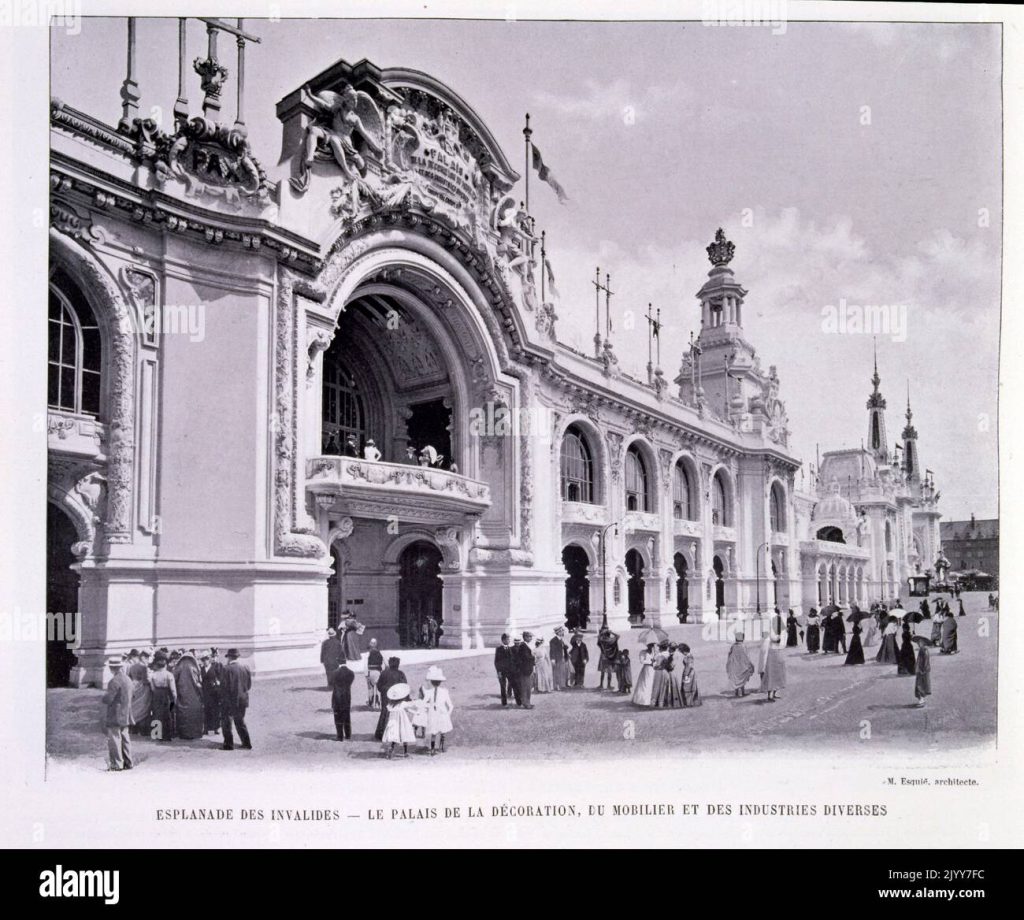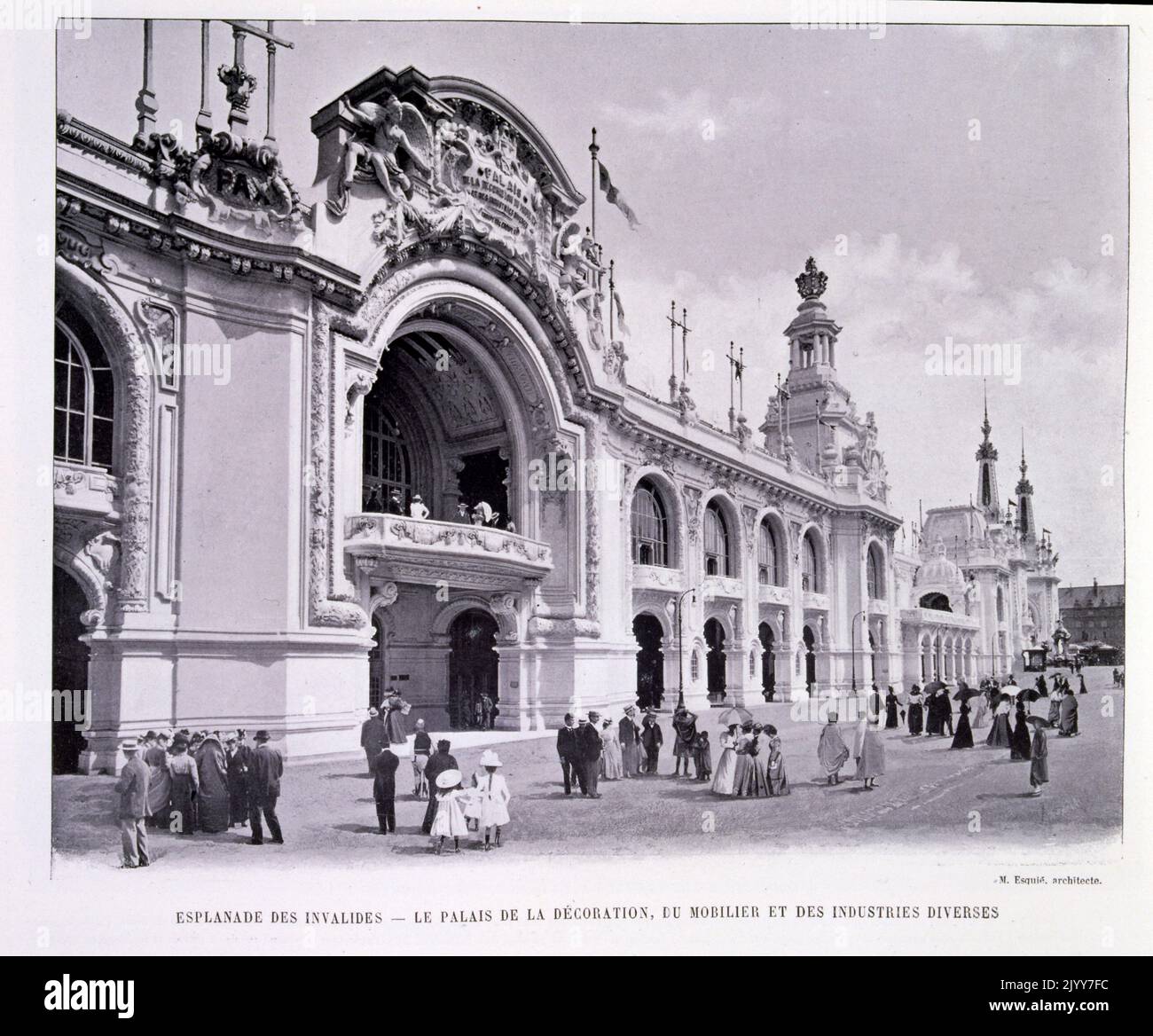
Pavilion Built with 108 Deck Chairs Showcases Flower-Inspired Opening and Closing Feature

**The Kinetic Grace of Deck Chairs Reinvented: PETAL Pavilion by Lasovsky Johansson**
Deck chairs, typically constructed from a rectangular wooden frame and a single strip of fabric, originated in the 1860s for use on ocean liner decks. Over the years, this straightforward foldable chair has outlasted generations and geographical boundaries, with its simple yet functional design largely intact. Today, deck chairs represent leisure and holiday, but architectural firm Lasovsky Johansson has elevated this recognizable item. By utilizing 108 deck chairs, the firm has fashioned a kinetic architectural pavilion named **PETAL**, located at the **Design Museum Denmark** in Copenhagen.
### PETAL—A Pavilion of Movement and Serenity
PETAL was designed as a groundbreaking pavilion for the **2023 CHART Art Fair**, demonstrating how everyday items can be transformed into remarkably unique experiences. The pavilion consists of 18 plywood columns, evenly distributed around a circular plywood base. Each of these columns supports six mounted deck chairs, creating the pavilion’s “outer layer.” Although affixed, these 108 deck chairs preserve their foldable ability, granting PETAL its lively, ever-evolving silhouette.
During daylight hours, PETAL is “in full bloom,” with the chairs opened up to offer a 360-degree seating arrangement and bar for visitors. The inner space within the cylindrical design becomes a serene and practical venue for people to gather, unwind, or absorb the space’s extraordinary ambiance. However, PETAL’s enchantment truly manifests in its adaptability. As night falls, the individual deck chairs retract simultaneously, and the pavilion morphs into a broad, curved projection surface, exhibiting videos and images.
### Inspired by Nature’s Cadence
The design philosophy behind PETAL parallels the elegant changes seen in nature, particularly the rhythm of flowers blooming with sunrise and closing at sundown. “We aimed to take the simple foldable capability of the deck chair and express it in a poetic, kinetic manner,” noted representatives from **Lasovsky Johansson**. The pavilion’s shift from seating area to projection screen is intended to reflect the natural tempos of our environment, continuously adapting while remaining true to its initial purpose.
“In essence, this pavilion is a tribute not only to deck chairs but to the harmony of form and function,” remarked the designers. “It’s an easily assembled structure, versatile and sustainable in its design ethos.”
This alignment with natural cycles elevates PETAL beyond being merely an installation—it evolves into a living, breathing architectural entity.
### Bauhaus Principles in Practice
A significant influence on PETAL’s design was the Bauhaus movement, which champions functionality and minimalism while ensuring that aesthetics are never overlooked. By integrating this ideology, Lasovsky Johansson transformed an ordinary object—the simple deck chair—into a scalable, kinetic, and visually appealing formation. The outcome is a fusion of art and architecture where practicality enhances rather than diminishes elegance.
Moreover, PETAL’s sustainable design principles resonate with contemporary ecological standards. The pavilion is not only lightweight and foldable for easy transport, but it also utilizes locally sourced plywood while steering clear of heavy, non-recyclable materials.
### A Structure Grounded in Functionality
The most remarkable feature of PETAL is that while the deck chairs are part of an architectural installation, they continue to serve their initial function as seating options. This underscores Lasovsky Johansson’s dedication to making the pavilion a practical architectural entity for active engagement.
“As we conceptualized PETAL, our objective was to design a structure that could be easily put together and taken apart, aligning with sustainability principles while making effective use of the foldable chair,” the designers explain. This commitment ensures minimal environmental impact and keeps the structure flexible for various events and locations, demonstrating that innovation in design can coexist with practicality.
### The Pavilion’s Prospects
Currently located in the courtyard of the Design Museum in Copenhagen, PETAL continues to enchant visitors. Its physical presence varies with the time of day, evolving from a sociable gathering space to an immersive projection experience in the evening. Faithful to its concept, the pavilion blooms like a flower, adapting gracefully to the rhythms of its environment.
PETAL’s design inspires curiosity about the seemingly endless possibilities of simple objects when perceived through a creative and architectural perspective. Those who witness the installation in person leave not only inspired by its unique aesthetics but also with an appreciation for how functional, sustainable architecture holds infinite potential.
### A New Era of Architectural Inspiration
Lasovsky Johansson’s PETAL exemplifies the possibilities that arise when designers rethink their approach to everyday objects. By employing deck chairs, something as ordinary as lounging is reimagined into an integral part of a kinetic composition. Through this innovative vision, PETAL embodies a blend of artistry and architectural advancement.
The response to PETAL, since its unveiling